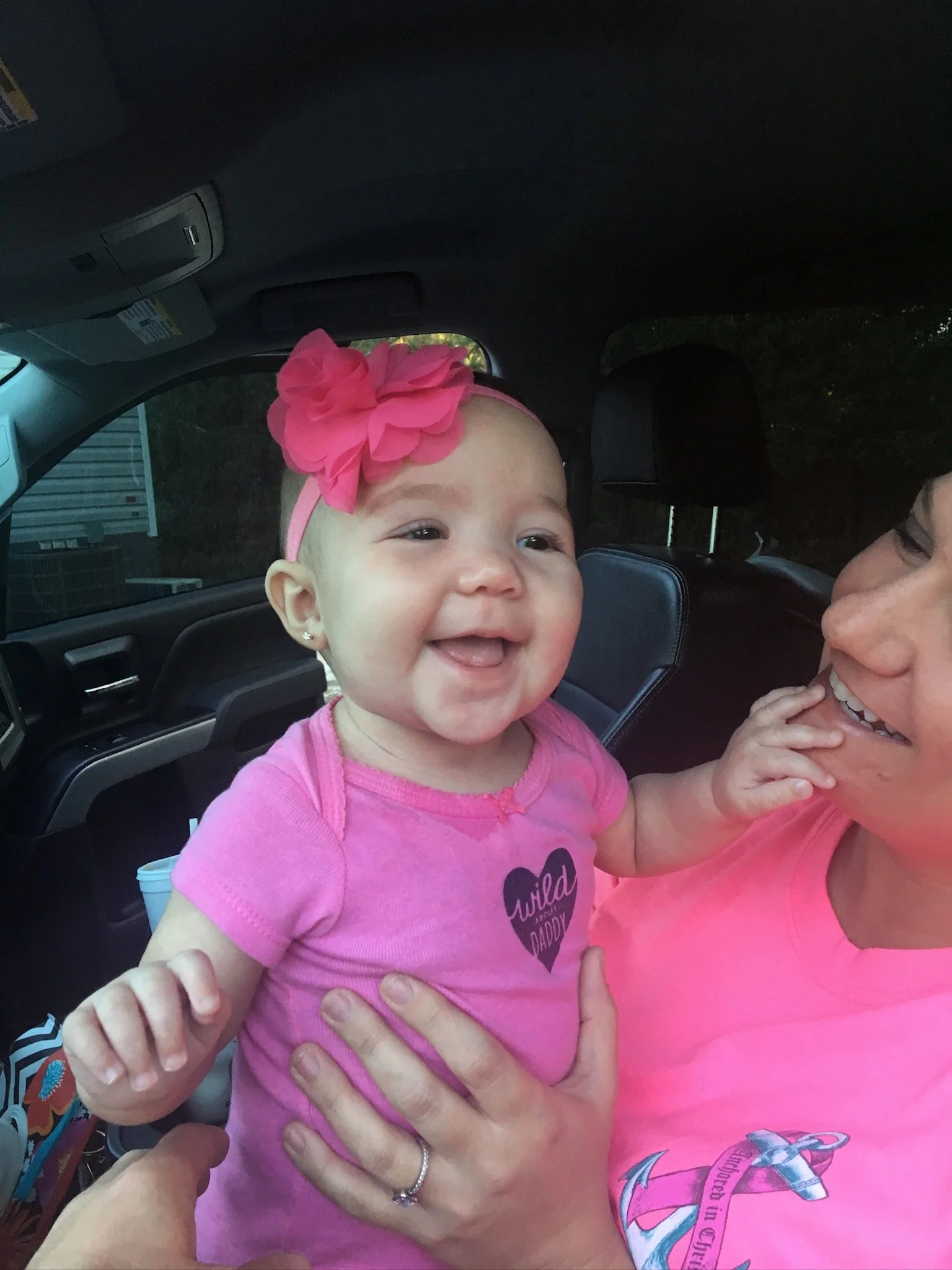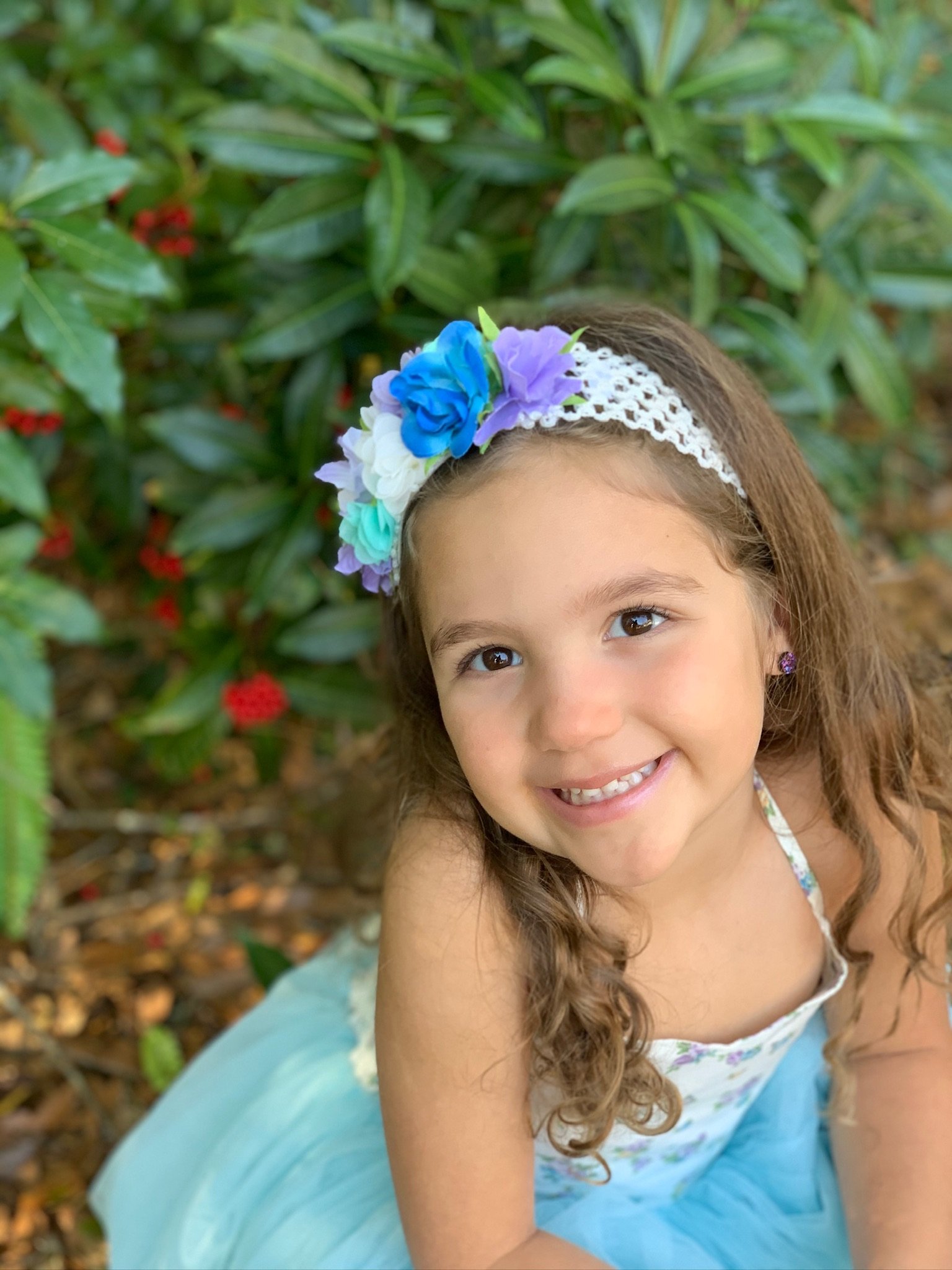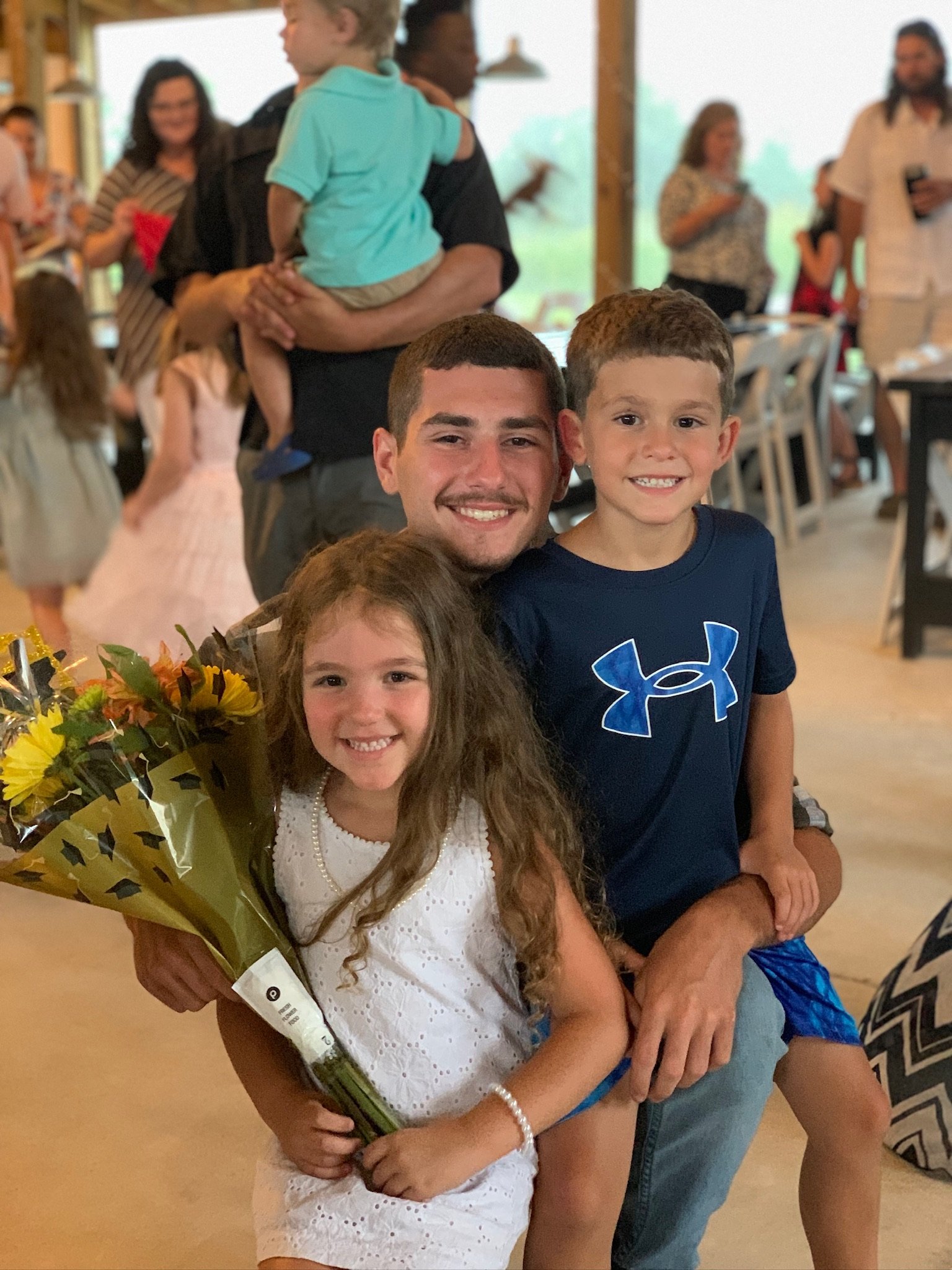Kinslee Cares | Connect With Someone Who Truly Understands
At Kinslee Strong, we know that medical journeys—especially those involving congenital heart defects—can feel overwhelming. Sometimes, the best comfort comes from talking to someone who’s already walked a similar path.
That’s why we’re proud to support MyHeartVisit.org, a program that connects patients, parents, and caregivers with trained volunteers who have personally experienced similar diagnoses, procedures, or life with a congenital heart defect. These volunteers offer compassion, understanding, and hope, because they’ve been there too.
Whether you need someone to talk to, ask questions, or just listen, help is just a click away.
👉 Request a visit or learn more at: www.myheartvisit.org
You're never alone—there’s a community here for you. ❤️
#KinsleeCares #KinsleeStrong #CHDSupport
Types of CHD
Understanding Common Types of Congenital Heart Defects
Presented by Kinslee Strong
Congenital heart defects (CHDs) vary widely in type and severity. These structural abnormalities affect the way the heart forms and functions. In more complex cases, blood vessels or heart chambers may be underdeveloped, misplaced, or missing altogether. About 1 in every 4 babies born with a CHD is diagnosed with a critical congenital heart defect, which typically requires surgery or intervention within the first year of life.
Below are some of the most common types of CHDs. Each condition presents its own challenges and treatment needs, but continued research and advancements in pediatric cardiology are helping improve outcomes every day.
Common CHDs Include
Aortic Stenosis
Atrial Septal Defect (ASD)
Atrioventricular Septal Defect (AVSD)
Coarctation of the Aorta
Hypoplastic Left Heart Syndrome (HLHS)
Pulmonary Stenosis
Tetralogy of Fallot (TOF)
Transposition of the Great Arteries
Tricuspid Atresia
Truncus Arteriosus
Ventricular Septal Defect (VSD)
As part of our mission at Kinslee Strong, we are committed to increasing awareness, supporting families through diagnosis and treatment, and funding research to create a brighter future for children born with these and other congenital heart conditions.


